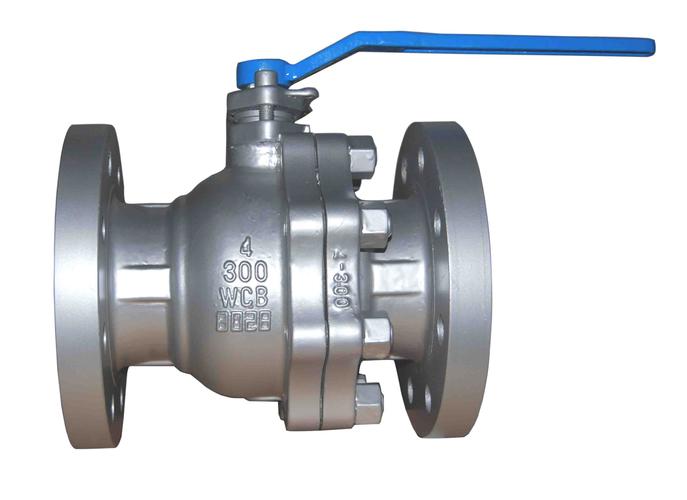|
Customizing Offshore Valves to Meet Unique Project RequirementsOffshore oil and gas exploration and production are inherently challenging due to the harsh marine environment, deep water pressures, and the need for reliable, high-performance equipment. Among the critical components that ensure the smooth operation of offshore platforms are valves. These devices control the flow of fluids within the system and must be robust, corrosion-resistant, and capable of withstanding extreme conditions. However, not all projects are the same, and often, standard off-the-shelf valves do not suffice. This is where customization becomes essential, allowing valves to be tailored to meet the unique requirements of each offshore project.
Understanding Project Needs The first step in customizing offshore valves is a thorough understanding of the project's specific needs. This involves assessing factors such as: Environmental Conditions: The depth of water, temperature fluctuations, exposure to saltwater, and potential for biofouling or marine growth. Pressure and Temperature Ratings: Ensuring the valve can handle the maximum expected pressure and temperature without failure. Flow Rate and Type of Fluid: Different fluids (oil, gas, water, or multiphase) require different materials and designs to prevent erosion, corrosion, or clogging. Space Constraints: Offshore platforms have limited space, so valves need to be compact yet efficient. Maintenance and Accessibility: Easy maintenance and accessibility for inspection or replacement are crucial for long-term reliability. -Regulatory Compliance: Adherence to industry standards and regulations, such as API, ANSI, or ISO certifications. Design Considerations Once the project requirements are clearly defined, designers can start creating customized valves by considering several key aspects: Material Selection: Using materials like super duplex stainless steel, titanium, or specialized alloys that offer superior resistance to corrosion and wear in harsh environments. Actuator Options: Electric, pneumatic, or hydraulic actuators may be chosen based on power availability, speed of operation, and control precision. End Connections: Flange, threaded, or welded ends can be specified to match existing piping systems and ensure leak-free connections. Size and Configuration: Custom sizes and configurations, including ball, gate, globe, or check valves, tailored to optimize flow rates and pressure drops. Special Features: Incorporation of features like anti-cavitation design, thermal insulation, or integrated instrumentation for monitoring and control. Prototyping and Testing Before full-scale production, prototypes undergo rigorous testing to validate performance under simulated operational conditions. This includes pressure testing, cycle testing for actuator lifespan, material compatibility tests with the process fluids, and environmental simulations to assess resistance to extreme temperatures and corrosive elements. Conclusion Customizing offshore valves is a meticulous process that demands close collaboration between engineers, designers, and manufacturers. By carefully analyzing project requirements and designing valves specifically to address those needs, offshore operators can enhance system efficiency, safety, and reliability. In an industry where every component plays a vital role in maintaining operations amidst challenging conditions, tailored valve solutions are not just a luxury but a necessity for successful offshore ventures. |

